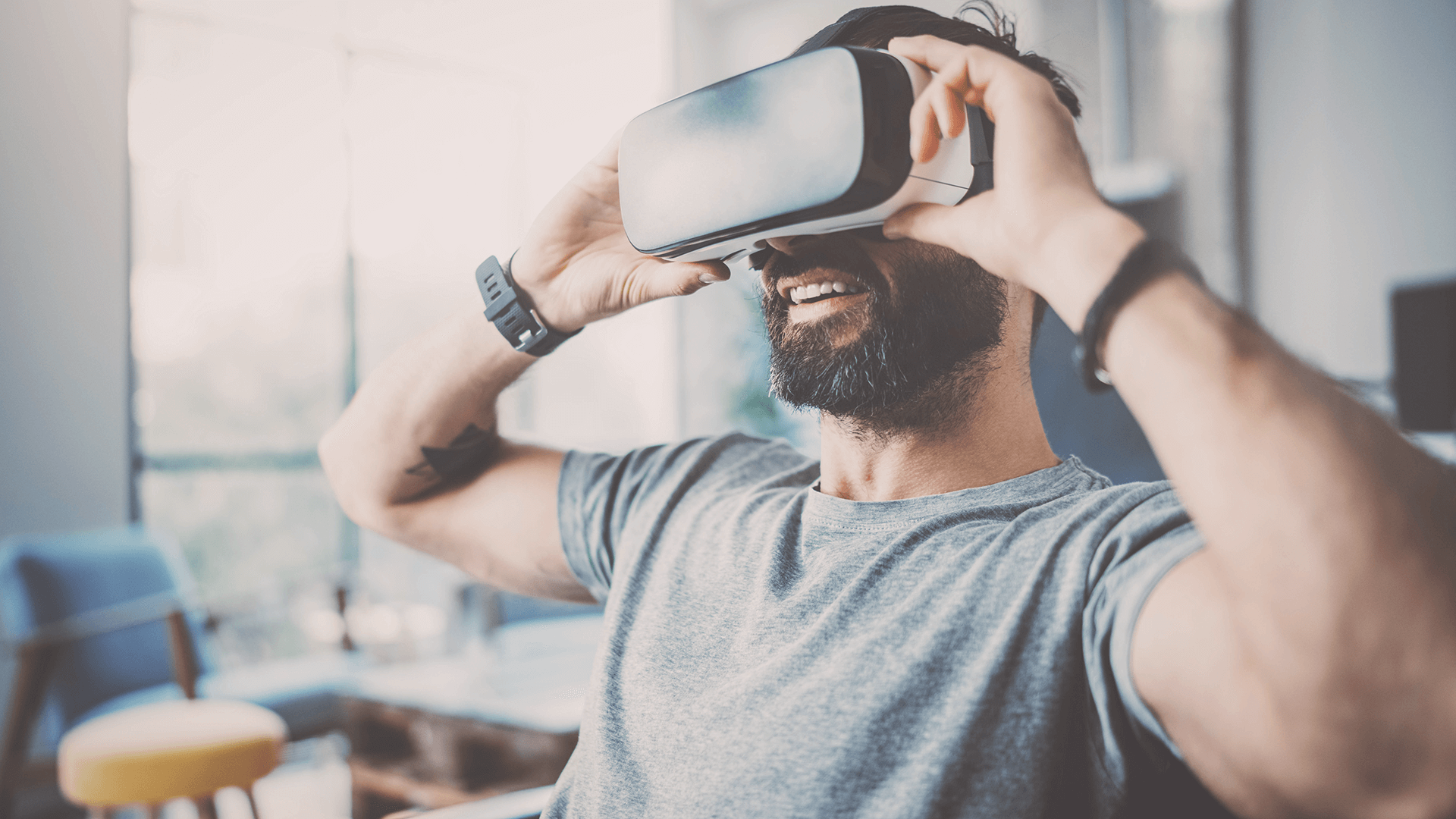Where does the customer stand in the new normal?

Analysts and management consultants are calling the post-crisis period after the Covid-19 coronavirus pandemic a ‘New Normal.’ It’s when companies will start making an attempt to return to normal, but with a change in consumer behavior, everyone needs to plan for a new definition of how normal looks.
Managers responsible for customer service need to consider how they are going to reimagine the customer experience (CX). It is clear that some industries will struggle to recover from this business shock - the travel industry for example - but others are going to boom as consumer habits change quickly.
E-commerce is a good example. Gaming and streaming entertainment services are others. Even traditional retail may return to some form of normality if retailers can quickly align around contactless stores and other ideas that can allow them to thrive in an era that may well be defined by social distancing guidelines.
Forbes magazine made this suggestion for CX leaders: “Ask yourself, what do your customers need from you right now? Can you implement better social media tools that enable you to connect in meaningful ways with customers and the community? Can you shift your focus from current business models and procedures to alternate delivery channels that are accessible despite shelter-in-place orders? How can you leverage technology to put your new ideas and business models into motion?”
I believe this final point will be critical in the immediate future in three different ways:
- Improved self-service: brands need much better integration into the answers being returned by customer questions to Google, Amazon’s Echo, Google’s Home, Apple’s Siri. People are asking their devices and search engines questions before ever trying to contact customer service. Can you ensure that reliable information is returned for the most common questions customers are asking?
- Automation: there have been many substandard implementations of chatbots, but if they are trained well and the option to reach a human agent is always present then they can be a useful tool that is available 24/7. They can handle a large percentage of your simple customer questions and that deflects even more traffic away from the contact center.
- Super Agents: if self-service and automation are both improved then by the time a customer does get through to an agent then it will clearly be a fairly complex problem - not a password reset. Agents need great training, great domain knowledge, and tools to support them - such as ‘next best answer’ AI systems that can listen to the call and advise.
McKinsey also talk of innovation and reimagining digital channels, although their research also adds in an additional driver - cost. You want to improve self-service and automation not just to improve the customer experience, but also because you should be able to reduce the cost of creating a great customer experience too.
McKinsey also advises CX leaders to focus on the fundamentals as things rapidly change. Make sure your employees are safe in this uncertain environment. Reach out to your customers and offer help - not just marketing. Ask what you can do to help the local community. If you have a large number of team members working reduced hours then can they help out in the local area delivering food or shopping to vulnerable neighbors?
The New Normal will demand that the innovation and digital transformation we might have expected to plan for in 2021 and 2022 will suddenly become a part of our present-day solutions. Future plans will be brought forward. With careful planning the customer can experience brands with superior CX and the companies thinking carefully about their CX in this way can start their return to normal - even if it is a new normal.